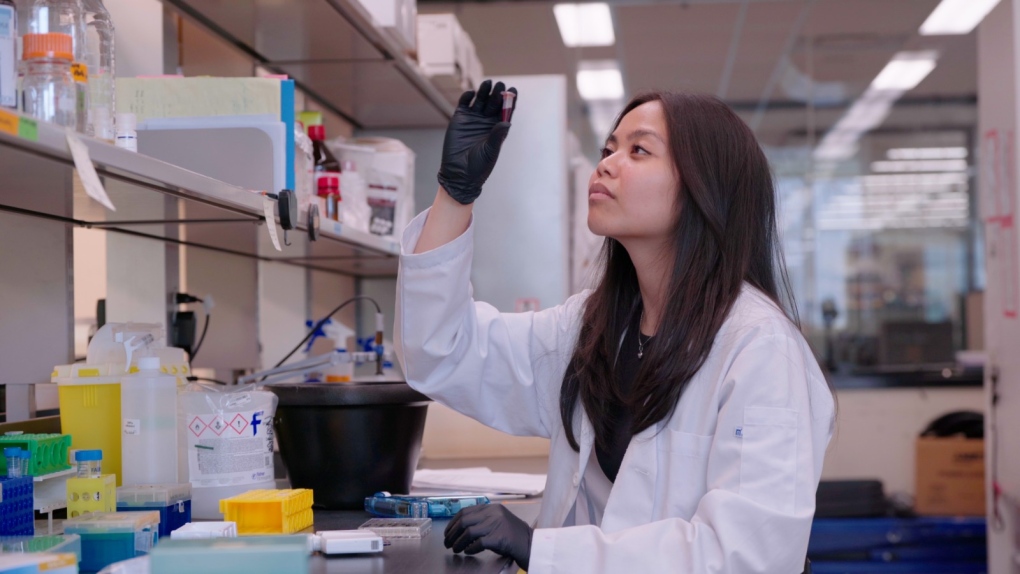Global Courant 2023-05-25 20:00:00
Using artificial intelligence, scientists in Canada and the United States have discovered an antibiotic that can be used to fight a deadly, drug-resistant pathogen — and they hope to use a similar process to discover treatments for other challenging bacteria.
According to a study published in the journal Nature Chemical Biology on Thursday, researchers from McMaster University and the Massachusetts Institute of Technology shared their promising findings on the new antibacterial treatment, which they called abaucin.
Jon Stokes, a lead author of the research paper, said the antibiotic could be used to combat Acinetobacter baumannii, which the World Health Organization has identified as one of the world’s most dangerous antibiotic-resistant bacteria.
“In my opinion, it’s public enemy No. 1 for antibiotic resistance — it’s very hard to treat,” said Stokes, an assistant professor in the department of biochemistry and biomedical sciences at McMaster.
“It mostly lives in hospital environments, so you find it on doorknobs and hospital equipment and stuff. And it’s really challenging to sterilize so it can survive on these hospital surfaces for extended periods of time.”
The bacterial pathogen, also known as A. baumannii, can cause pneumonia, meningitis and infect wounds, all of which can lead to death. It’s also able to pick up DNA from other types of bacteria in its environment, which can encode genes for antibiotic resistance, Stokes noted.
To discover an antibiotic to fight the highly resistant pathogen, the researchers tested about 7,500 molecules with different structures in a lab to see which of them were able to inhibit the growth of A. baumannii and which were not, according to Stokes. .
He then said they trained an AI model to understand what chemical characteristics result in molecules that have A. baumannii activity.
“Once we trained our model, we were able to show the model some pictures of brand new molecules it had never seen before, flashcard style,” explains Stokes.
“And then, based on what the model learned in training, it would predict which chemicals it thought were antibacterial and which were not.”
Then the researchers obtained the molecules that the AI model predicted to be antibacterial and tested them to see how well they could fight A. baumannii.
“And that was easy because instead of having to test thousands of molecules, we tested a few hundred,” Stokes said.
“In the end, we found this one molecule that was potent at inhibiting the growth of Acinetobacter in the lab — and it was structurally unique from any other known antibiotic we have. So this AI model helped us to do it in a pretty efficient way.” way to extract an interesting molecule with antibacterial properties against the bug we were trying to kill.”
Stokes conducted the research with James J. Collins, a professor of medical engineering and science at MIT, McMaster graduate students Gary Liu and Denise Catacutan, as well as Khushi Rathod, a recent McMaster graduate.
Stokes said their research provides evidence that the application of AI methods can “meaningfully influence” the discovery of new antibiotics for a range of different challenging pathogens. And he hopes to use similar methods to discover other antibacterial treatments.
“I’m not saying AI is a panacea — it won’t solve all of our problems for us — but it’s a very powerful tool in our toolbox that helps us find new medicines for people.”








